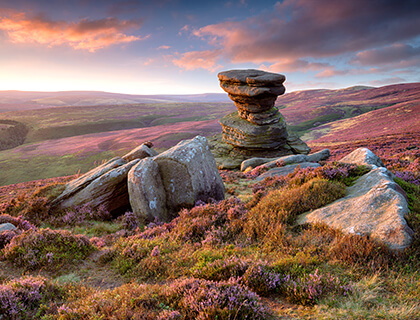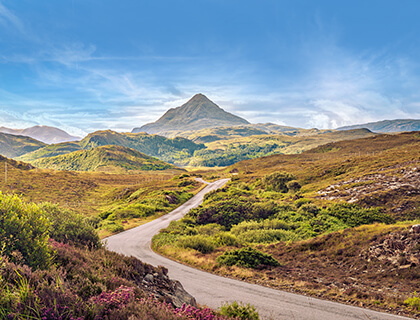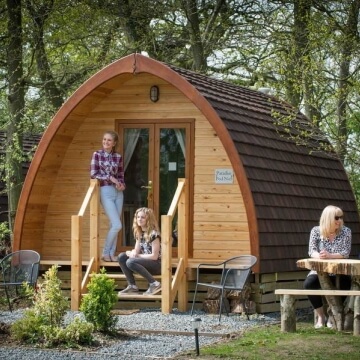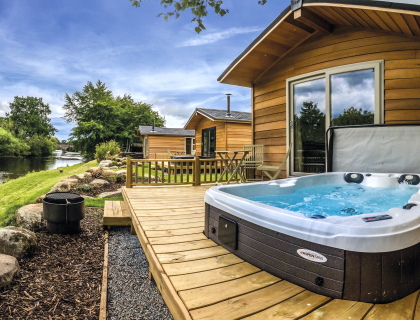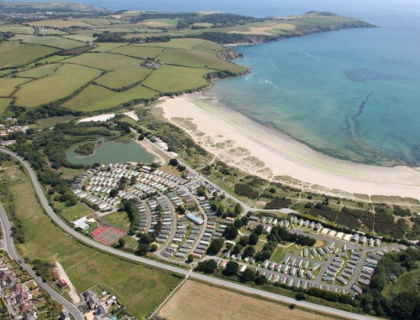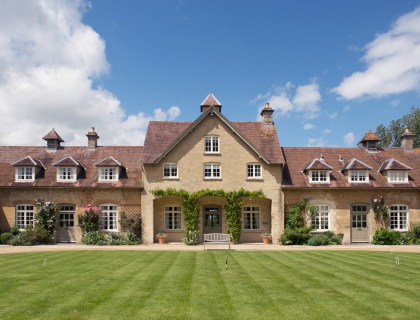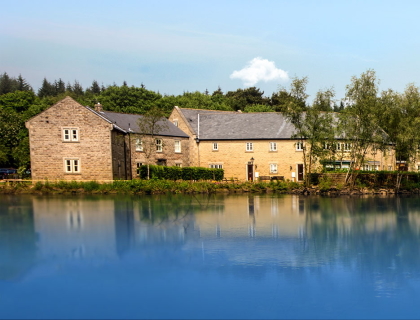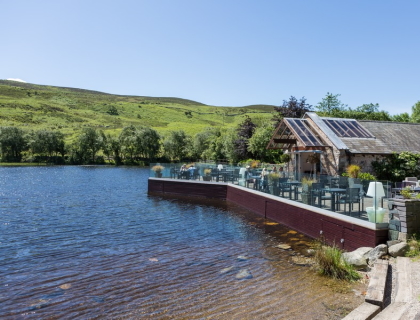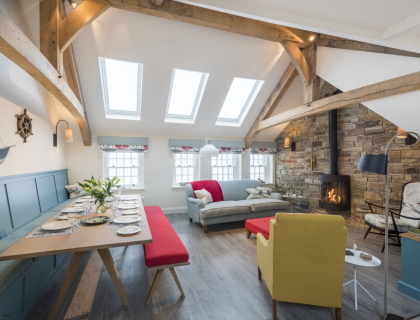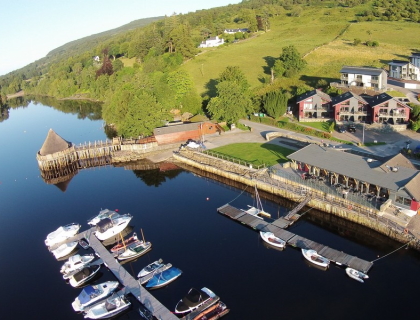British castles are among the best you’ll find anywhere in the world. Discover the crème de la crème of fairy tale British castles including a Highland stronghold on a tidal island, a mighty medieval Welsh fortress and the English castle home of the Royal Family.
If kilts are the attire and bagpipes are the sound, then Eilean Donan is the picture of Scotland. Perched on a tidal island in a loch framed by forested Highland peaks, the castle is the pre-eminent icon of Scottish history, culture, and the rugged romance of the country’s remote northern wilderness.
According to legend, the Eilean Donan was founded in the 13th century by a son of the chief of the Mathesons Clan who had been gifted a special power that allowed him to communicate with birds. During many adventures overseas, he used this power to acquire wealth and influence. Upon his return, the son’s newly gained reputation earned him the respect of King Alexander II, who granted him the privilege of building a castle on Eilean Donan (Island of Donnán).
As the middle ages progressed, Eilean Donan became a stronghold of the allied clans of Mackenzie and MacRae and an important bulwark against Norse expansion into the Highlands. The early 18th century brought unrest to the Highlands and the castle found itself at the epicentre of the Jacobite Uprisings. Undeterred by the failure of their first attempt to restore James Stewart, the ‘Old Pretender,’ to the throne of Scotland, the Jacobites enlisted the help of the French and the Spanish.
Learning that a vanguard of 300 Spanish soldiers had occupied the castle in anticipation of a second rising, the British government sent three warships to Loch Duich. The ships bombarded the castle with cannon fire before dispatching a landing party, which quickly overran the defenders. After securing the castle, the naval force spent the following two days reducing it to ruins.
Eilean Donan was restored during the early 20th century and has since become one of the most famous castles in Scotland. It has also appeared in numerous films, including The World is Not Enough, in which it starred as an MI6 headquarters, and in Elizabeth: The Golden Age, where it stood as Fotheringhay Castle.
Windsor
The ancient seat of the British Royal Family, Windsor Castle is the largest inhabited castle in the world and also one its most magnificent. It remains an official royal residence, and of the three, it is said to be the Queens’ favourite. The famous 17th-century diarist, Samuel Pepys, described the castle as ‘the most romantic in the world.’
Windsor was originally built in the 11th century as a Norman fortress to guard the outskirts of London and an important section of the River Thames. The castle withstood a siege during the Baron’s War in the 13th century and served as a parliamentary headquarters and Charles I’s place of imprisonment during the English Civil War.
Windsor’s long transition from functional fortress to royal palace began when Henry I made the castle one of his official residences. Over the centuries, many successive monarchs added to the castle’s grandeur. Henry II was the first to build a palace inside Windor’s walls, which Henry III expanded to such an extent it became the most expensive secular building project undertaken in England during the entirety of the Middle Ages. The ornate 15th-century St George's Chapel is considered by historian John Martin Robinson to be ‘one of the supreme achievements of English Perpendicular Gothic’ architecture. The state apartments installed by George III and George IV have been described by Historian Hugh Roberts as ‘a superb and unrivalled sequence of rooms widely regarded as the finest and most complete expression of later Georgian taste.’
Parts of Windsor had to be rebuilt following a fire in 1992, but most of the building survived miraculously unscathed. The castle remains a royal residence and has become a popular tourist attraction.
Conwy
What this castle in Wales lacks in the palatial splendour of a castle such as Windsor, it makes up for by way of its colossal statement of medieval military power. Conwy was built during the 13th century as one of the centrepiece castles of Edward I’s ‘iron ring’ of castles in Wales constructed to subdue the rebellious Welsh population. The castle’s vast towers and high walls rise up from a rocky crag above the medieval streets, harbour and stone walls of Conwy town below.
Undeterred by Conwy’s enormous scale, the Welsh soon put the castle’s defences to the test. Welsh national hero Owain Glyndwr succeeded where his predecessor Madog ap Llywelyn had failed little over a century earlier when he captured and held the castle for several months in 1401 during his ill-fated rising against English rule. The castle was ruined following the English Civil War to prevent its use in any subsequent revolts.
During the Romantic Era of the late 18th and 19th centuries, the ruins of this mighty Welsh castle became a popular draw for painters. Thanks to the restoration work of the late 19th century, visit today, and you can climb the castle’s towers and walk a complete circuit of its battlements. The Welsh historic trust describes Conwy as ‘by any standards one of the great fortresses of medieval Europe.’ Conwy was designated a World Heritage Site in 1986.
 Where to Stay Near the Fairy Tale Castles of the UK
Where to Stay Near the Fairy Tale Castles of the UK
If Eilean Donan has inspired you to take a trip to the Highlands be sure to have a look at our wonderful selection of Highland holiday accommodation.





